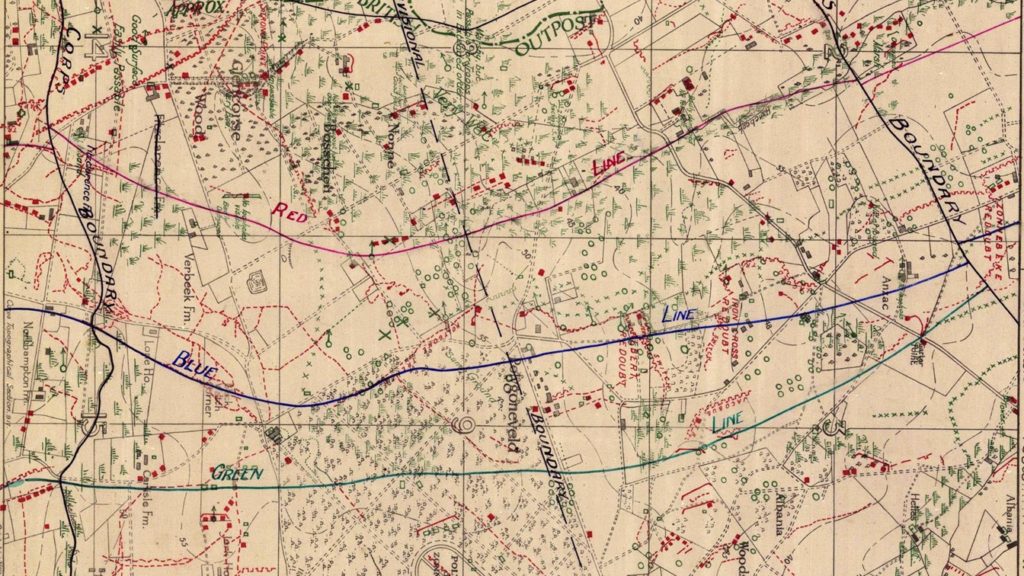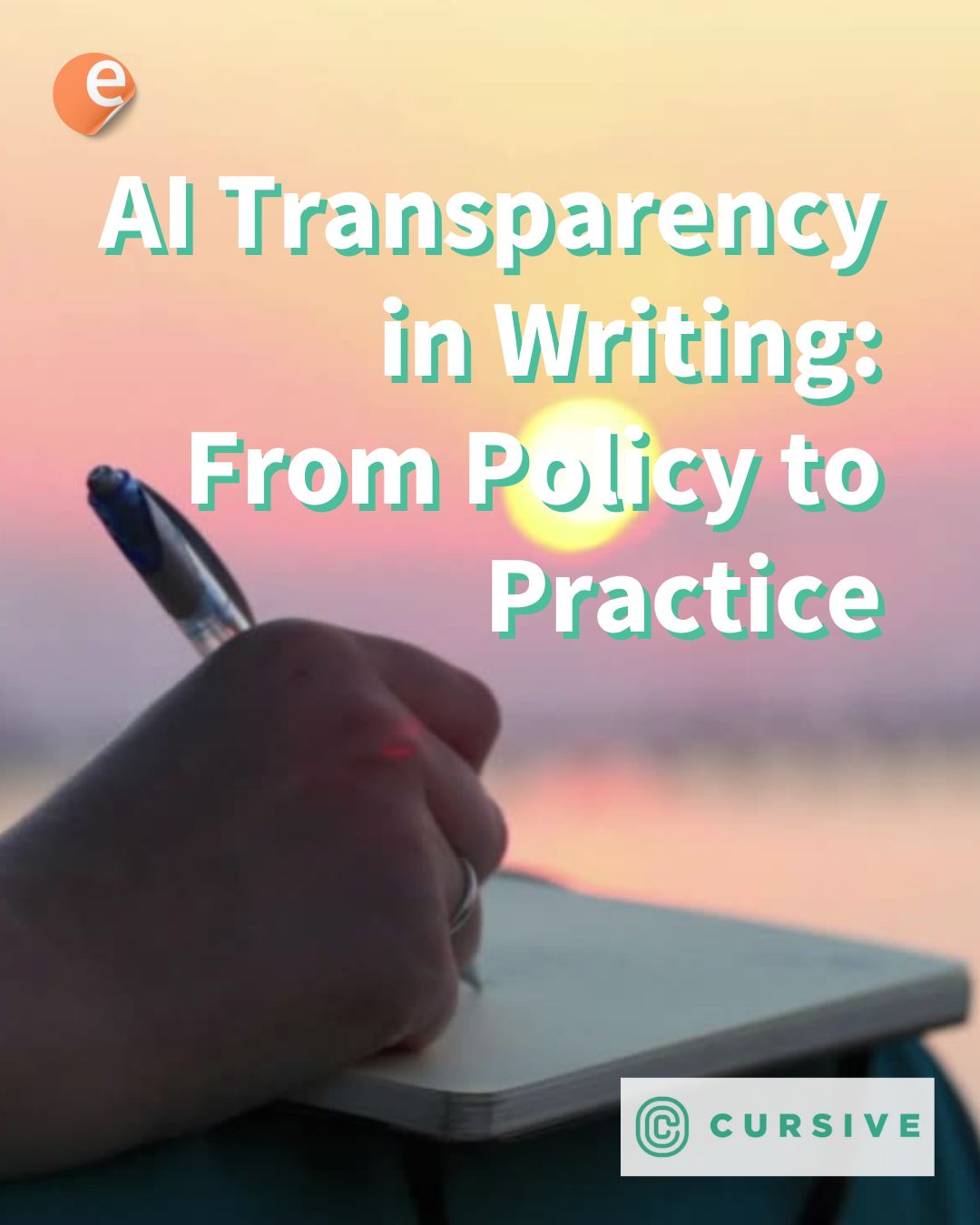In 2012, somebody at the Melbourne branch at global advertising powerhouse McCann wasn’t convinced that safety training had to be boring. So when the city’s Metro Train asked for help, the agency had the wise judgement to start at the fundamentals of behavioral change. Instead of dwelling on, say, training modules and the color coding of the signs, the conversation opted towards memorability, “shareability” and even finding the sweet spot between adorable and shocking in cartoon characters. This is how we got “Dumb Ways to Die,” an iconic marketing campaign that rippled and spawned into a franchise. All without ever drifting off the message of rail safety.
The original “Dumb Ways to Die” video tracks 184 million views as of the last of 2019. A mobile game surpassed 200 million downloads, leading to 6 sequels. Not bad for a primarily educational effort whose main goals were increased public awareness and engagement with rail safety, retention of key concepts, and a “reduction of near misses and accidents at level crossing” within 12 months. In the growing battleground of the media and attention economy, Dumb Ways deserves at the very least a historical footnote.
As a new decade of further penetration of social and interactive media into our daily lives opens, the need for better rules of engagement grow more apparent. In elearning, this is arguably good news. Digital marketing has borrowed insight from education and psychology for a while. It might be time for educators and instructional designers to get something back.
A campaign: The bare bones
Technically speaking, a campaign is an “organized effort” based on a “series of operations intended to achieve a particular objective” within a defined time horizon and economic constraints. This broad definition fits in the most common types of campaigns there are: Military, political and advertising. While learning campaigns arguably have more in common with the latter kind, the principles, spirit and in particular the terminology can borrow from all types as needed.
- It starts with a “Context“: A “Geography” (or “Geopolitics” if you will) of places, people, relationships and cultural attitudes.
- It has a “Target Audience” in mind. A group of people with common attributes (or such subset thereof) whose hearts and minds became a lot more precious just now. More often than not, these will be your students’.
- It is set in motion for the pursuit of a “Goal,” “Objective,” “Purpose,” “Desired State” or “Solution State.” Whether these words are synonymous or not depending on who you ask and when.
- “Metrics,” “Indicators,” “KPIs” – “KSIs” and of course, “Analytics” are the ways to keep the campaign’s actions accountable and its outcomes clear, using quantitative means as much a possible. They ought to have formal ways to determine their values at a given point in time, starting with the moment right before the Campaign launched. (This zeroth state is called the “Baseline“).
- The proper mix of “Actions” (“Interventions” for the clinically-minded) and “Mediums” or “Channels” will push the audience from their simple and innocent status quo into the higher plane that is the desired state.
- Last but not least, you need a “Message.” An overarching lesson or plea designed to resonate throughout the course of the campaign and beyond.
- It is reasonable to plan for your campaign within a limited time frame. Quarters or semesters are often ideal. Structure it further by breaking the series of actions down into stages. Include recurring review\”feedback loop” meetings here and there. If you follow a specific project management approach, it should answer most of the questions you might run into here.
- Don’t forget a risk management element with assessments and at least basic preventive, mitigating and damage control actions, to roll out should the need arise.
Dust off your Learning Analytics dashboard: Getting started with Learning Campaigns in your LMS
For the bulk of educators accustomed to semesters with linear modules and predefined actions, it might be surprising to see how straightforward it is to start adapting a campaign frame of view. Even if it does not lead to a radically different approach to learning, taking a look at your learning with the “campaign” goggles on can help you polish your offering, especially when it comes to the “educational bottom line.” Be it grades, enrollments, completions or outright conversions.
On a modern-featured, modular LMS, removing linearity is just a matter of taking down unnecessary sequences of modules or topics, and spend time sharpening the core message behind each one. That way your students will go after that which draws their eyes the most, thus easing their decadent and irreversible descent down your subject. The first clear result you can accomplish in little time is turning the description of each section into a strong wording of its benefits. A “Slogan” if you dare.
Digital marketing and CRMs popularize the “Sales Funnel,” which structures campaigns into a series of steps going from a condition of “Unawarness” or “Disregard” towards the holy grail: Lead “Conversion.” More often than not, the educational element is present, if not primordial. It is also not difficult to see how the school calendar and the funnel share so many similarities.
The next big and bold step would be to focus on building content that resonates, which involves experimentation with the campaign “Mix“: Refurbish subject matter content into several media and formats, test different messages out, and so on. Leveraging Learning Analytics for careful experimentation towards the perfect mix, might turn out to be a refreshing experience, especially if you have taught the same syllabi repeatedly.
It’s a good time for a salespeople joke —if there has ever been one—: Do you know why they envy college professors? It’s not the tenure. It’s because they enjoy a captive and very impressionable audience.
Going forward: Is the future of lifelong learning just an endless stream of campaigns?
Is it? It’s possible. Can it be? Absolutely! Of course, that comes with challenges. Given its targeted focus and short-termed effort, perhaps the main challenge behind pushing campaigns into a full-blown, all-encompassing, scalable educational effort is its ability to be replicable. Just for starters.
The digital world is blossoming, growing quantitatively, but also sprawling in unexpected forms. We know authenticity and trust will remain quintessential traits of prosperous communities and thriving teams. But did we anticipate the massive role that influencers and their earnest would play, digital learning included?
Your learning may not need, or may not greatly benefit from being looked at from a campaign perspective. But if you have plateaued in your learning gains, it does not hurt to get the help of a different set of eyes, even if this means asking for the help of a learning project management consultant.









2 Responses